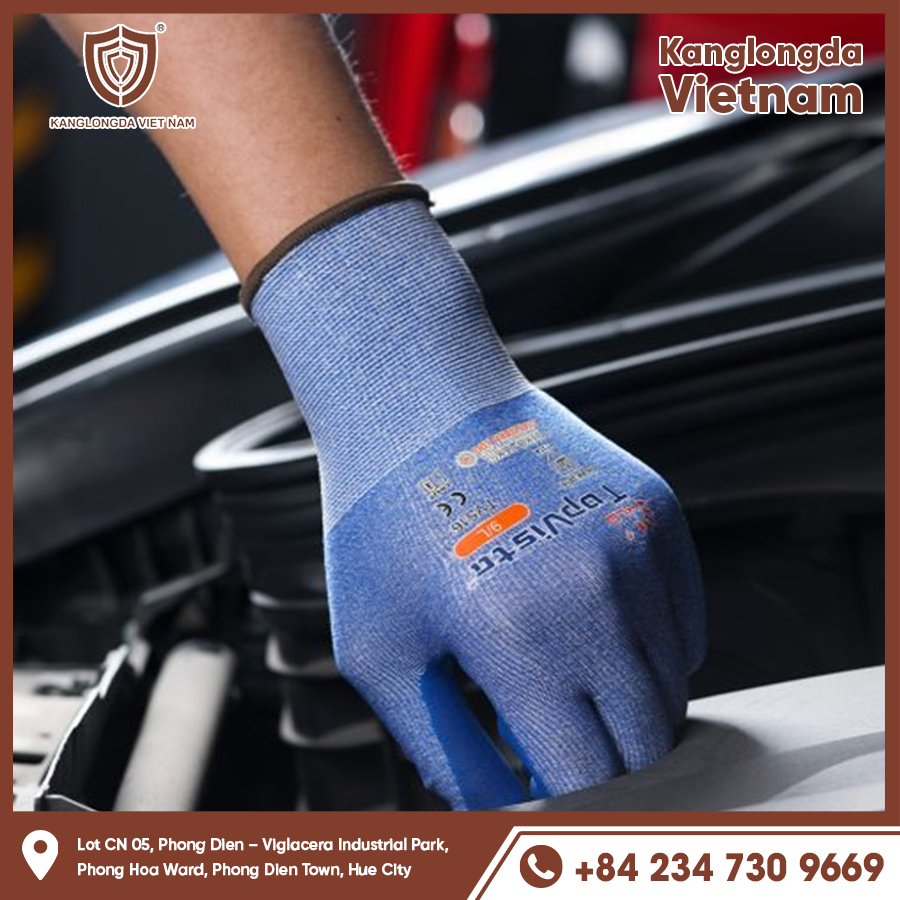Dishwashing gloves are an indispensable household item designed to protect your hands from harsh conditions encountered during dishwashing. Whether you’re tackling greasy pots, hot water, or strong detergents, dishwashing gloves act as a barrier to keep your skin safe from irritation, dryness, and injury. Beyond protection, these gloves enhance your grip, reduce fatigue, and can even improve hygiene. This article explores everything you need to know about dishwashing gloves — their benefits, types, how to choose the right pair, maintenance, and extra uses.

Why Are Dishwashing Gloves Important?
Protecting Your Skin from Chemicals and Irritants
Many dishwashing detergents contain chemicals that strip away the natural oils from your skin. Frequent exposure without protection can lead to dry, cracked hands and allergic reactions such as dermatitis. Wearing gloves creates a protective barrier that minimizes skin contact with these harsh substances, preserving your skin’s moisture and preventing discomfort.
Guarding Against Hot Water Burns and Dryness
Hot water is essential for effectively removing grease and bacteria, but it also has a drying and damaging effect on skin. Dishwashing gloves shield your hands from heat, allowing you to use water at optimal temperatures without risking burns or excessive dryness. This protection is crucial in maintaining the health and softness of your hands over time.
Enhancing Grip and Reducing Breakage Risk
Slippery dishes and utensils can easily slip from your hands, resulting in broken items and potential injury. Many dishwashing gloves feature textured palms or fingers that provide extra grip on wet and slick surfaces. This design minimizes the risk of accidents, giving you confidence as you wash delicate or bulky items.
Types of Dishwashing Gloves and Their Unique Features
Latex Gloves: Flexibility and Sensitivity
Latex gloves are known for their excellent fit and flexibility, offering a close-to-skin feel that allows for precise movements. This makes them ideal for washing fragile glassware or intricate items. They are also resistant to many detergents, but those with latex allergies should avoid them as they can cause reactions.
Nitrile Gloves: Durable and Allergy-Friendly
Nitrile gloves are synthetic and free from latex proteins, making them a perfect alternative for individuals with latex sensitivities. They offer strong puncture resistance, excellent chemical protection, and good elasticity. These gloves last longer in harsh conditions and are preferred for heavy-duty cleaning or industrial dishwashing.
Rubber Gloves: Traditional and Highly Protective
Rubber gloves are thicker and provide robust protection against heat, chemicals, and abrasions. While they might lack the snug fit of latex or nitrile gloves, their durability makes them suitable for prolonged washing sessions or tough grime. Rubber gloves often come with longer cuffs to protect wrists and forearms from water splashes.

Factors to Consider When Choosing the Right Dishwashing Gloves
Finding the Perfect Fit
Proper sizing is crucial for both comfort and effectiveness. Gloves that are too tight can restrict hand movement and cause fatigue, while loose gloves reduce grip and increase the chance of slippage. To ensure the right fit, measure the circumference of your dominant hand around the widest part (usually around knuckles) and refer to sizing charts provided by manufacturers.
Material Preferences Based on Skin Sensitivity
Those with sensitive skin should avoid latex and opt for nitrile or rubber gloves. Additionally, if you frequently wash dishes or handle chemicals, gloves with cotton lining offer extra comfort by absorbing sweat and reducing irritation. Some gloves even incorporate antimicrobial linings to keep hands fresher during extended use.
Special Features for Convenience and Safety
Look for gloves with textured palms or fingers for better grip, especially when handling slippery items. Longer cuffs protect wrists from splashes and are beneficial when using large sinks or tubs. Touchscreen-compatible fingertips enable you to check recipes or answer calls without removing gloves. Some gloves are also designed to be dishwasher safe for easy cleaning and longevity.
How to Properly Care for Your Dishwashing Gloves
Cleaning and Drying Techniques
After each use, rinse gloves thoroughly with clean water to remove detergent and food residue. Turning gloves inside out to dry prevents moisture buildup that can cause mold or bacterial growth. Always air dry gloves in a cool, ventilated space and avoid direct sunlight or heat sources that may cause rubber or latex to crack.
Storing Dishwashing Gloves to Maintain Durability
Store gloves in a cool, dry area away from sharp objects or abrasive surfaces. Hanging gloves or laying them flat prevents unnecessary creasing or tearing. Proper storage ensures gloves retain their flexibility and protective qualities over time.
Knowing When to Replace Your Gloves
Even the most durable gloves wear out eventually. Replace your dishwashing gloves if you notice holes, thinning material, cracks, or loss of elasticity. Damaged gloves compromise your protection and can lead to skin irritation or injury.
Additional Benefits of Using Dishwashing Gloves
Preventing Skin Conditions and Promoting Comfort
Dishwashing gloves significantly reduce the risk of developing skin conditions like eczema, dermatitis, and chapping caused by prolonged exposure to water and detergents. Gloves with soft linings enhance comfort, allowing for longer washing sessions without discomfort or irritation.
Cost-Effectiveness and Environmental Impact
Choosing reusable dishwashing gloves helps reduce the waste associated with disposable gloves or excessive hand care products. Investing in high-quality gloves means fewer replacements, which saves money and lessens environmental impact.
Multi-Purpose Usage Around the Home
Dishwashing gloves are versatile tools useful for various household chores beyond washing dishes. They protect hands while cleaning bathrooms, handling chemicals, gardening, or washing your car. This versatility increases the overall value of owning a good pair of gloves.
Top Tips for Maximizing Your Dishwashing Experience
Use the Right Gloves for Different Tasks
Have multiple pairs of gloves tailored to different chores: thin latex or nitrile gloves for delicate items, thicker rubber gloves for heavy-duty cleaning, and insulated gloves for colder water or outdoor washing.
Combine Gloves with Proper Dishwashing Techniques
Even with gloves, practicing good dishwashing methods—like using appropriate detergent amounts, pre-soaking tough grime, and avoiding overly abrasive sponges—helps extend glove life and improves cleaning results.
Regularly Inspect and Rotate Your Gloves
Keeping a rotation of gloves allows you to let one pair dry and rest while using another. Regular inspection ensures early detection of wear and tear, keeping your hands protected at all times.

Dishwashing gloves are essential for maintaining healthy, comfortable hands while performing one of the most common household chores. From protecting your skin against harsh chemicals and hot water to improving grip and safety, gloves provide numerous benefits. Understanding the different types, how to choose the right fit and material, and caring properly for your gloves ensures they serve you well for a long time. Investing in quality dishwashing gloves is a simple but effective way to transform your dishwashing experience, making it safer, cleaner, and more comfortable.






